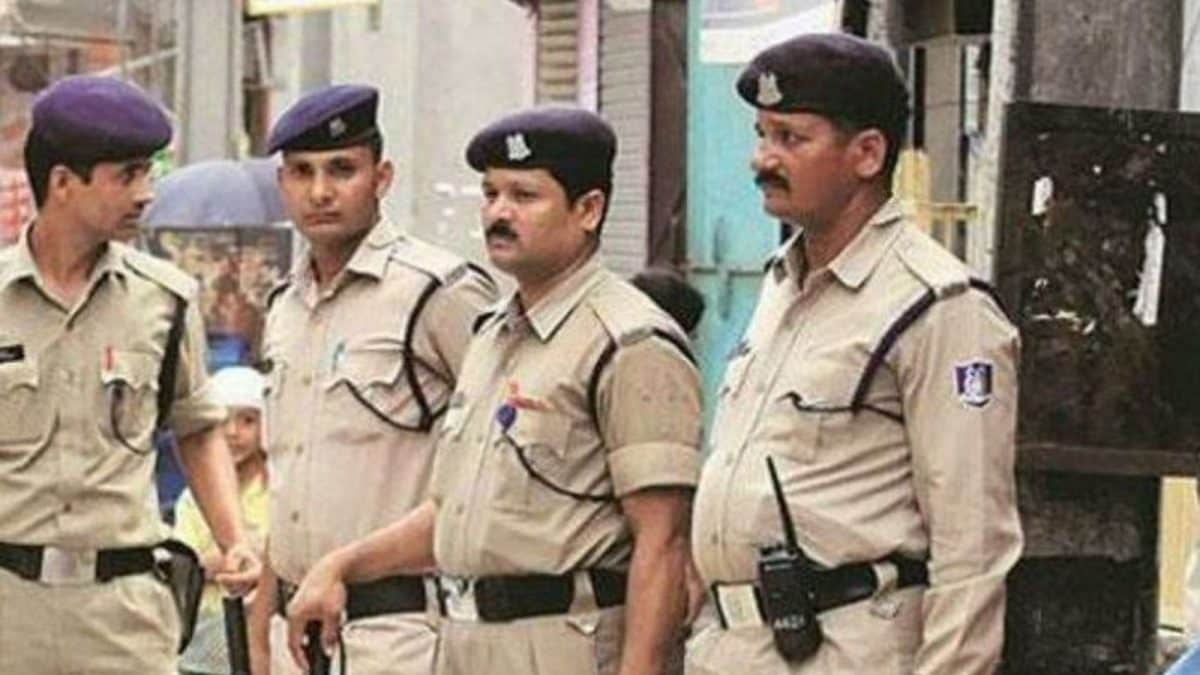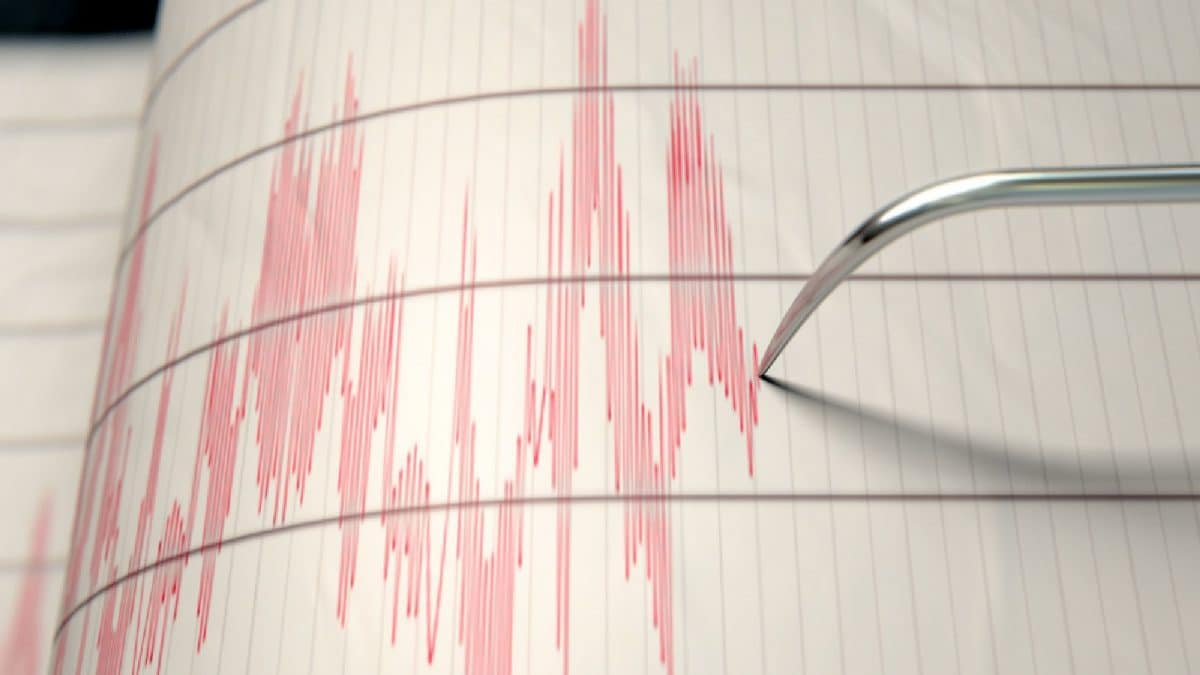More than 150 years ago, the Madras Presidency under the British was spread across 1,59,798 square miles, occupying a considerable tract of the peninsula of India. The coastline of the territory included within the Presidency of Fort St. George extended on the east of the peninsula “from Orissa, in Bengal, to Cape Comorin.” On the west, the narrow strip of country, which included the Native States of Travancore and Cochin, formed the coastline “from Cape Comorin to the town of Cochin, where Madras territory again extends along the coast until its junction with the Bombay Presidency at the northern extremity of the South Canara District,” according to the Report on the Census of the Madras Presidency, 1871.
“In the centre of the peninsula are the Nagpore country and Berar, the territories of His Highness the Nizam, known generally as the Deccan, and the province of Mysore; but all of the centre of the peninsula, south and east of Mysore, belongs to the Madras Presidency,” says Chapter VI of the report, which dealt with the area, physical geography, and population of the vast region. The Presidency boasted of a coastline of about 1,600 miles. Its mountain ranges ran northward from Cape Comorin along the western coast, attaining an elevation in some parts, from 4,000 to nearly 9,000 feet.

A painting of Fort St. George, Madras | Photo Credit: S.R. Raghunathan
This vast Presidency, back then, comprised just 21 districts. Of them, three lay within the influence of the never-failing rains of the southwest monsoon. “In the remaining eighteen districts Nature demands the assistance of Art in the collection, storage, and distribution of the condensed moisture of the atmosphere. In some of these eighteen districts however, as in the northern ones, the periodic rains fall more regularly than in others, while in several of them the rivers running eastward, swelled by the south-west monsoon rains are utilized in the fertilization of districts in which the natural moisture is defective,” says the report.
The part of the Presidency usually known as the Carnatic appeared to have been originally formed of three divisions, viz. — Northern, extending from the river Pennar to the river Gundigama, and consisting of a portion of the Nellore District; Central, extending from the Coleroon to the Pennar river, and containing a portion of Trichinopoly (Tiruchi), Chingleput, North Arcot, South Arcot, Madras, and Nellore Districts; and Southern, consisting of a portion of the Trichinopoly and the whole of Tanjore, Tinnevelly (Tirunelveli), and Madura (Madurai) Districts. These districts came into British possession between the years 1799 and 1801.
Interestingly, during 1859-60, the two districts of Madras Town and Chingleput were amalgamated into a single district, the collection of Sea Customs revenue being separately provided for. This arrangement, however, lasted only for a decade. “In the year 1870 the Chingleput District was again divided as before, leaving the administration of the Madras Town District in the hands of the Sea Customs Collector. The Chingleput District was obtained from the Nawab of Arcot in 1763 in return for services rendered to him and his father by the Company. The grant was confirmed by the Great Mogul in 1765, and for a long time the district was known as the Jaghire of the East India Company. The site of the town of Madras was obtained in the year 1640, by a grant from the descendants of the Vijianagar rulers, subsequently confirmed by the Moghul Government,” according to the report.
The districts of Salem and Coimbatore came into British possession, the former in 1792, by the treaty of Seringapatam, and the latter in 1799 after the final defeat of Tippoo and the partition of his territory between the British, the Nizam, and the legitimate successor to the Mysore Government, the late Maharajah of Mysore.

Madras (Chennai), India, from the sea, in 19th century | Photo Credit: Getty Images
The Neilgherry Hills [present day Nilgiris], “formerly a taluq of the Coimbatore district, was constituted a separate district under Act I of 1868.”
Within the Madras Presidency, there were six well-defined linguistic boundaries. “In the north-eastern district of Ganjam is included within it a portion of the Oriya-speaking population, whose language is commonly spoken by the people of the Northern Circars, and in a portion of the Nizam’s country, Kurnool, Cuddapah, part of North Arcot, Nellore, and some parts of Bellary.
Tamil is the common language of the districts from a few miles north of Madras to the extreme south of the east division of the peninsula. Malayalam is the language of the Native States of Travancore, Cochin, and the Malabar District. Tulu is spoken in limited portion of the South Canara District; and Canarese in certain portions of the Bellary, Coimbatore, Salem, and South Canara Districts. Besides these six Dravidian languages, the hill tribes of certain districts have dialects of their own,” the report notes.
As per the 1871 Census, in the whole Presidency, there were about 11,610,000 persons who spoke Telugu; 1,176,000 who spoke Tamil; and 1,899,000 who spoke Canarese (Kannada). As many as 2,324,000 had Malayalam as their mother tongue; 29,400 spoke Tulu; and 6,40,000 persons spoke Oriya and Hill languages.



.png)
.png)
.png)
















 2 hours ago
3
2 hours ago
3









 English (US) ·
English (US) ·